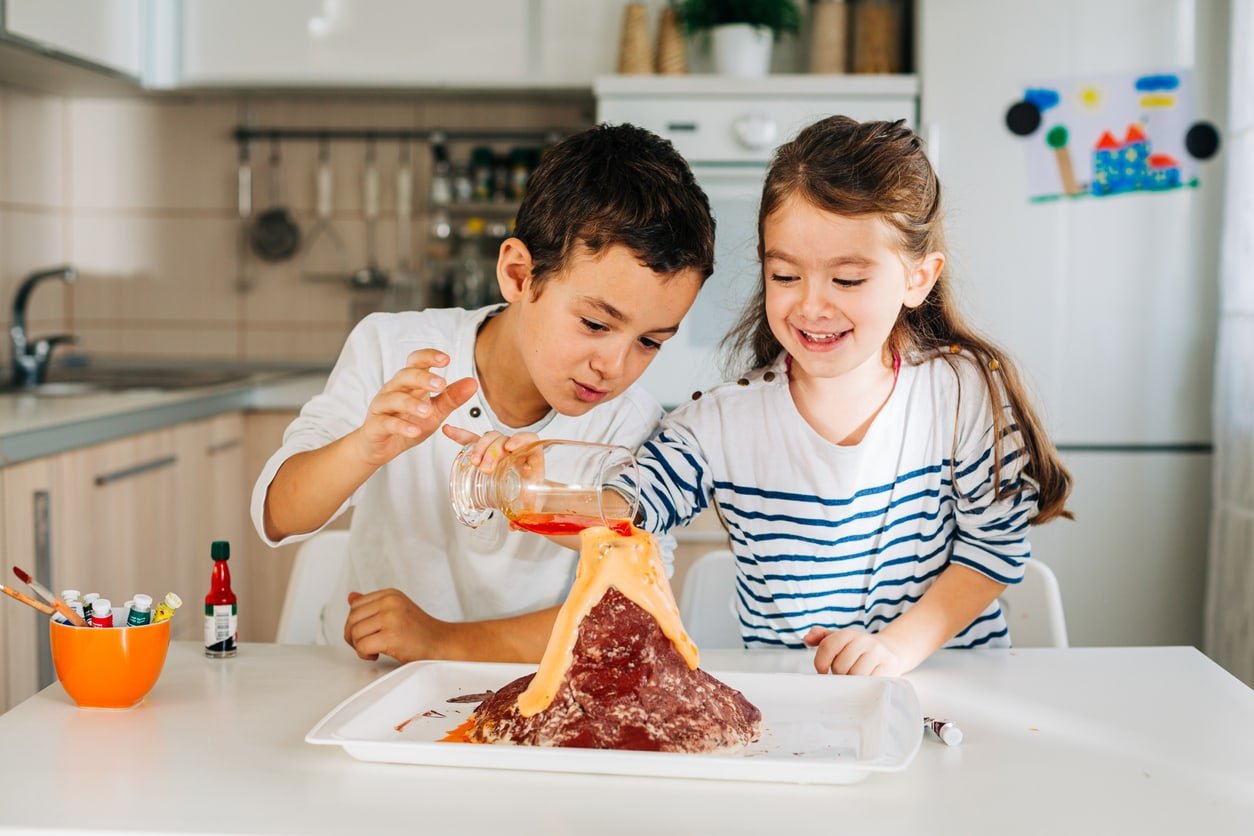
When educating our young people, you may have heard about STEM learning more often in the last couple of decades. The acronym STEM stands for science, technology, engineering, and mathematics and is a way of learning that focuses on the importance of children learning those subjects to be better prepared for the world as they grow. But what is it, and what does STEM learning mean?
What is STEM Learning?
Coined by the National Science Foundation (NSF) in 2001, the term STEM and the studies accompanying it were meant to emphasize the importance of science, technology, engineering, and mathematics in the education of young people in the United States.1
Proponents argued that for the United States to take on complex societal dynamics and compete in a global economy, our education system needed to give students more opportunities to learn about science, technology, engineering, and mathematics.2
At its heart, STEM learning focuses on asking questions, discovering relationships, and engaging in problem-solving. So, while you may be picturing equations, circuit boards, and maybe even a Bunsen burner, STEM learning is about exploration.1,2
When Do Children Begin Developing STEM Skills?
While STEM learning was first developed for K-12 education, the concepts can be introduced in children from babyhood through preschool and on. For your baby, STEM skills might begin with figuring out how to manipulate a rattle to make sounds. This is the concept of cause-and-effect and the physics of the beads rattling inside. An 18-month-old might work on figuring out how to stack blocks and how many blocks they can put on each other until the structure becomes unstable.
For your 2-year-old, STEM learning might be sending toy cars down a ramp, seeing how fast they go, or pouring water from one bucket to another. STEM learning might be building a castle out of blocks for a 3-year-old, beginning to experiment with magnets, or watching a cake bake in the oven to see how it rises as it gets hotter. For your 4-year-old, STEM learning might be helping to grow plants in the backyard, mixing baking soda and vinegar to see what happens, or counting the number of steps from the slide to the see-saw at the playground.
How Can We Help Children Develop STEM Skills?
There are many ways we can help children develop STEM skills, and they don’t involve having to set up fancy experiments with your kids or buy them preschool math workbooks.
Where to Start
To start, ask questions. Open-ended questions are something you can start asking children even before they have the language to answer. Modeling inquiry through questions such as, “What do you think will happen next?” or “What else do you think you need?” or “How can we create that?” will give your children the opportunity to expand their thinking and analyze situations at hand — while engaged in everyday activities! Building something with blocks, mixing pancake batter, and digging in the sandbox all capture opportunities to further your child’s thinking.
Another way you can help your children develop STEM skills is to take a step back. When our children face problems, we often fix things for them. Believe it or not, allowing our children to engage in independent problem-solving is a precursor to many STEM activities they will likely engage in as they age. Trying various solutions to problems and hurdles is a crucial aspect of the scientific method. You can also narrate your own search for solutions because children observe more than we think they do.
For mathematics specifically, all you need to do is count. Count how many animals are on the page as you read a book about farms. Next time you have watermelon, count how many seeds you take from your slice. Compare long vs. short, more vs. less, and fast vs. slow.
Incorporate STEM Learning at Home
Here are three ways to incorporate STEM learning at home for your little one.
1. Magnatiles
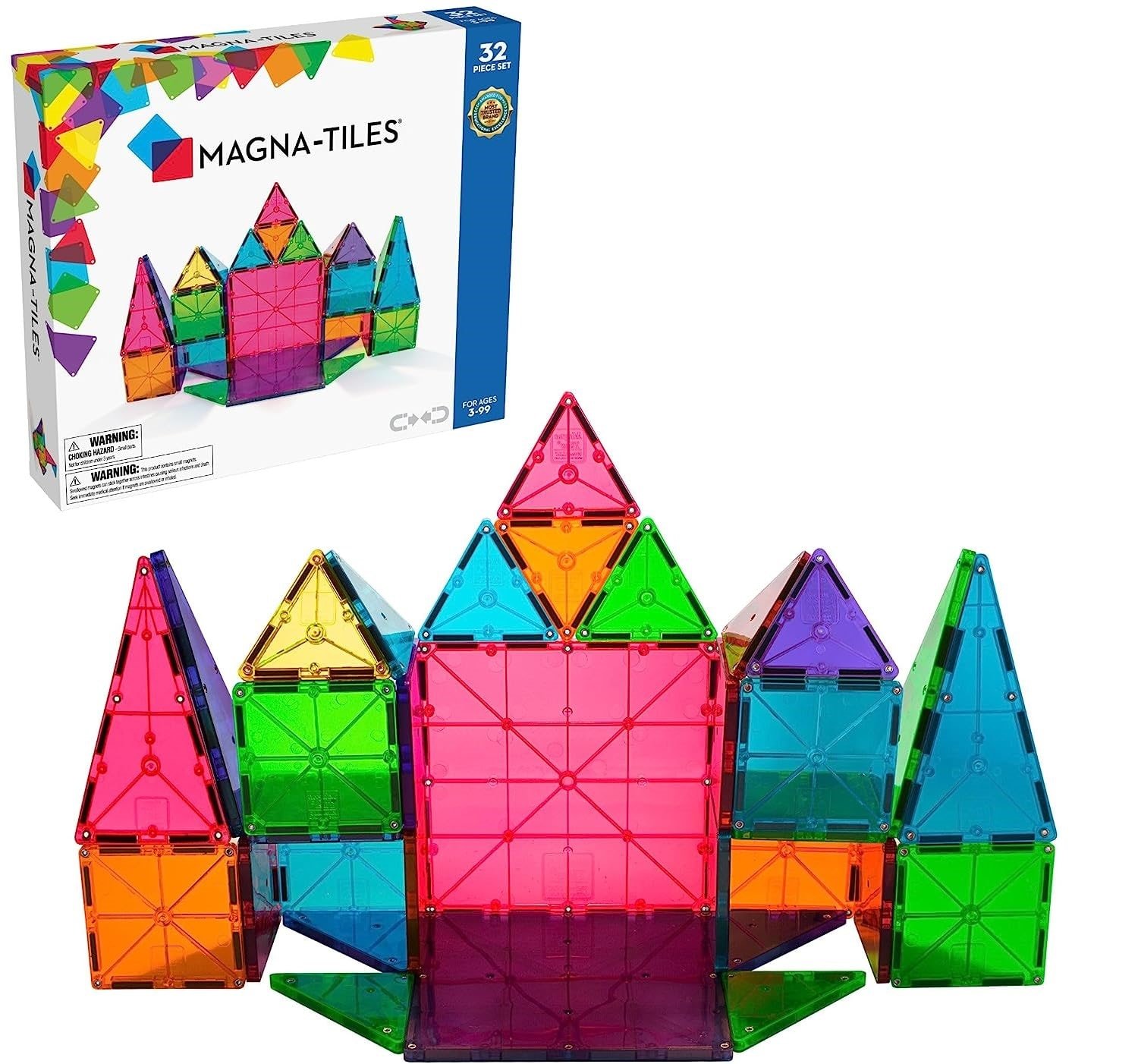
These tiles are a great, safe introduction to magnets for your young children. They are also great for practicing building structures, learning what it takes to develop structural integrity, and orienting shapes to optimize space. They are an investment but durable and great for toddlers through elementary school.
2. Wooden Blocks
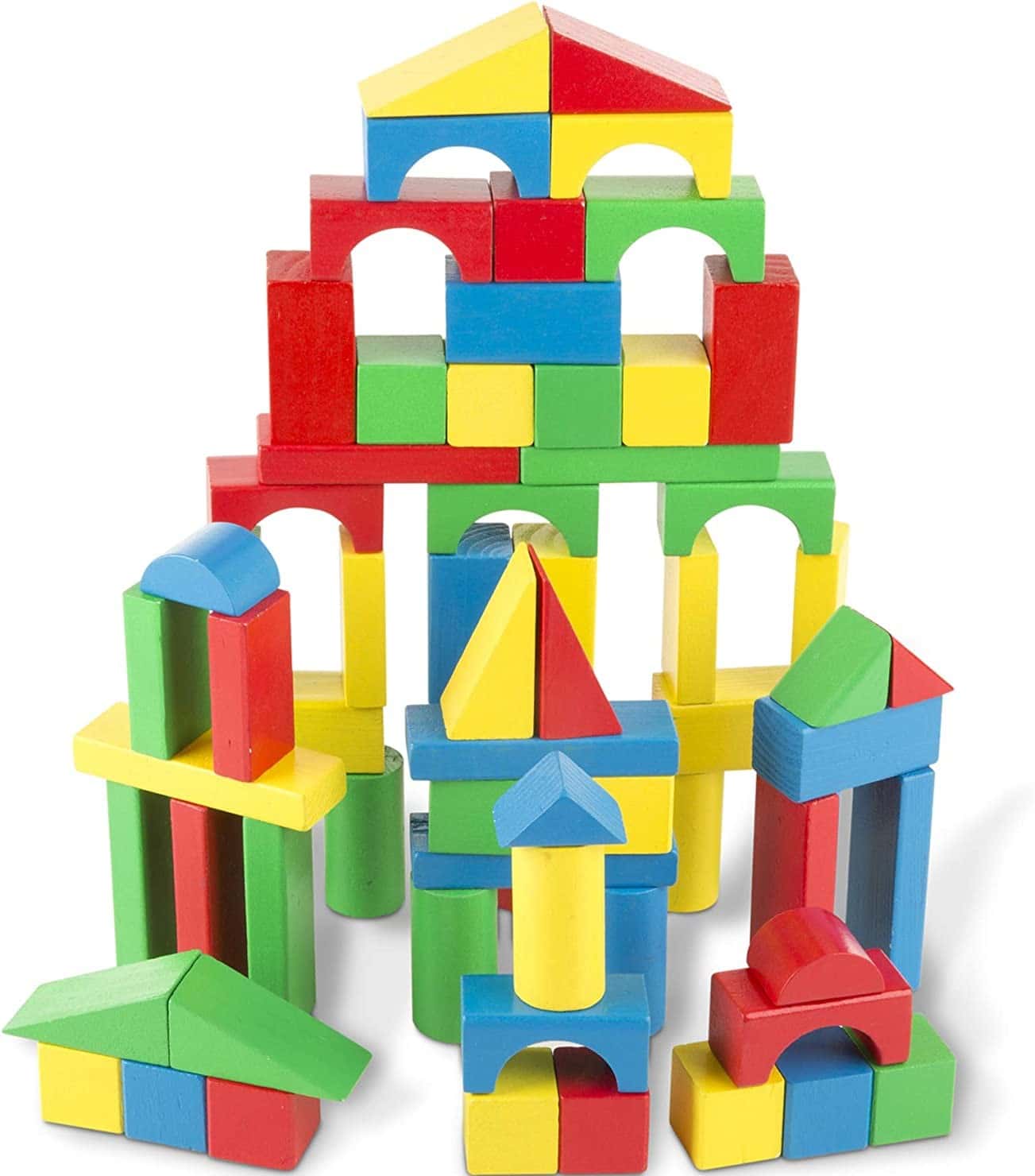
A set of simple wooden blocks such as these go a long way. You can start with stacking and create castles or even car ramps.
3. Books
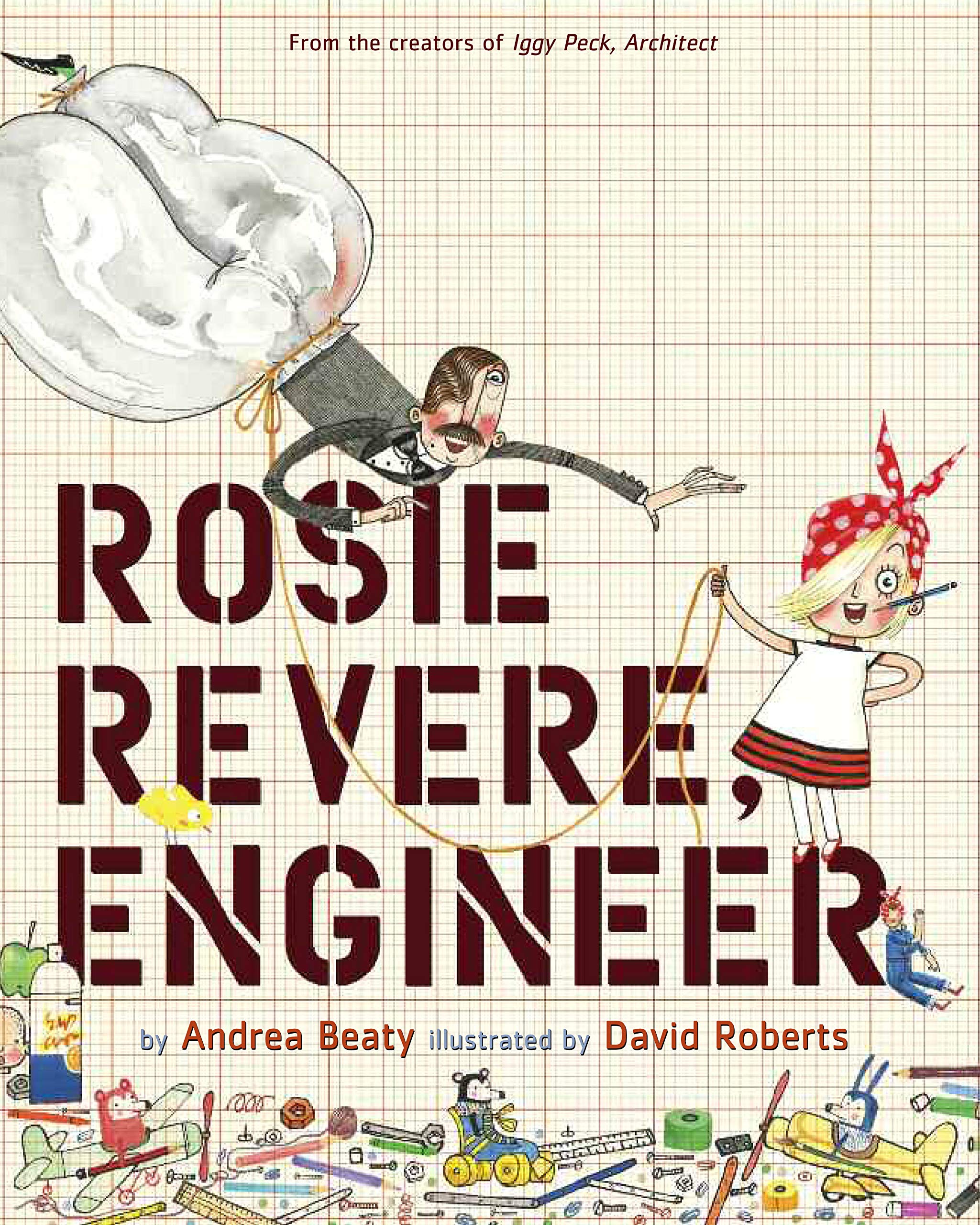
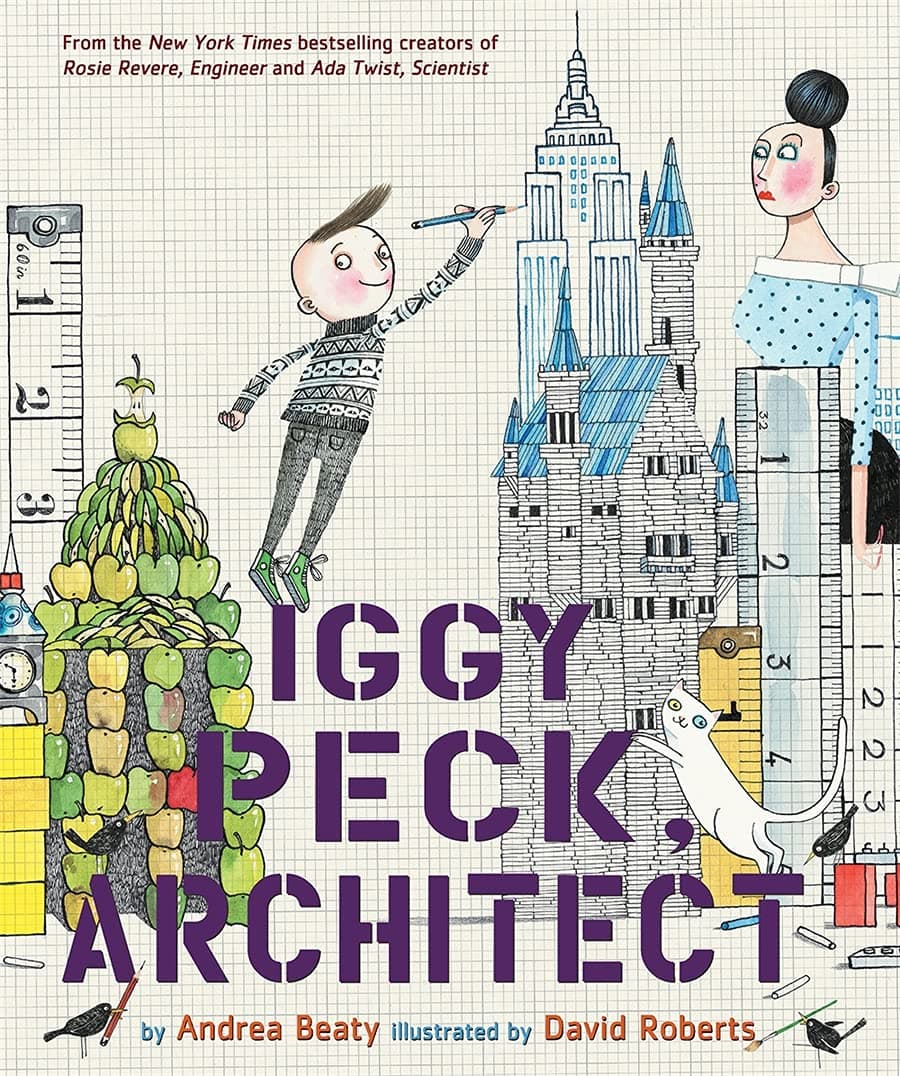
Why not find books on STEM activities or ones that involve STEM themes? Aside from these two, other good ones include “Cardboard Creations: Open-Ended Exploration with Recycled Materials” and “Ada Twist, Scientist.”
Other Things You Can Do
You don’t need many fancy toys or kits to allow your child to engage in STEM learning. There are simple things you can do with products you probably already have at home that can help them explore and ask questions.
1. Experiment With What You Have
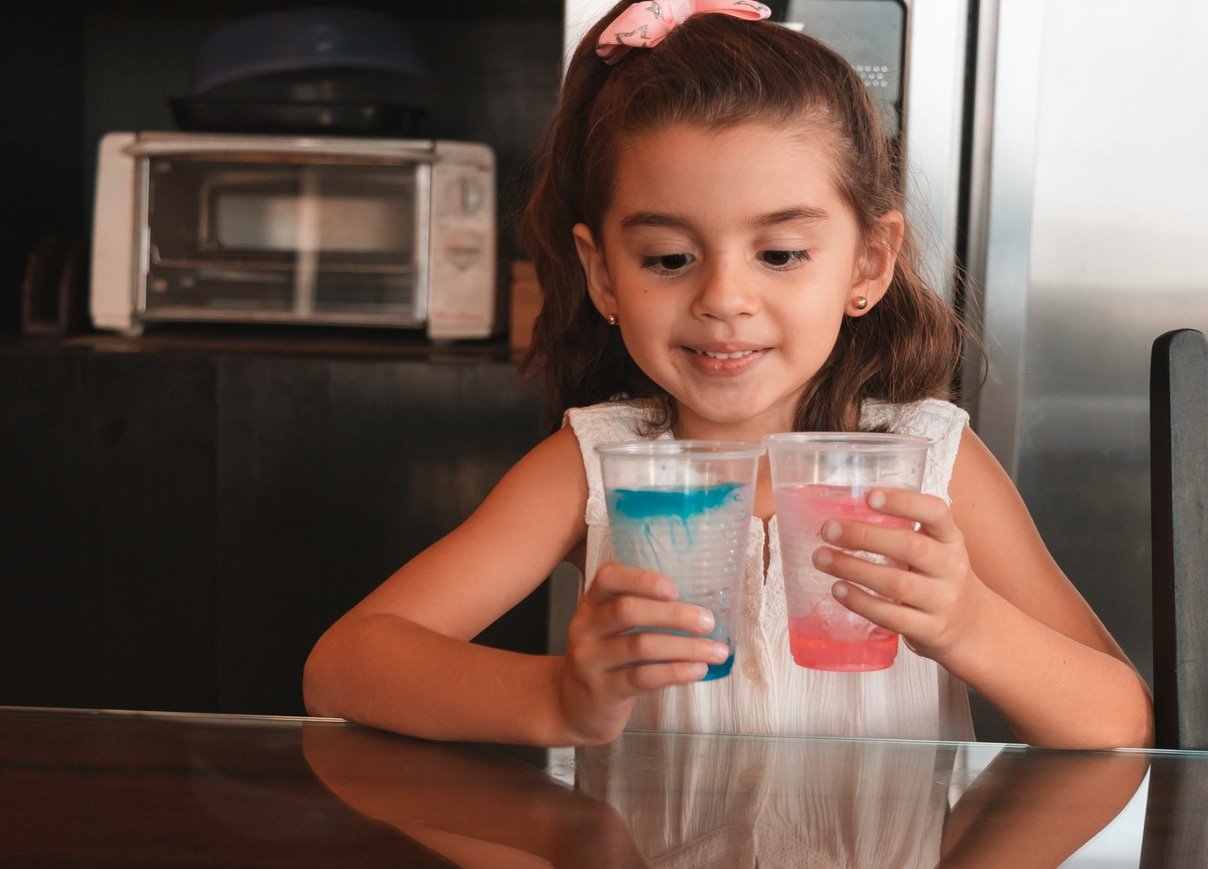
Set up simple experiments with items in your pantry! Take baking soda and put a little bit in each part of a cupcake tin. Then have your child drop vinegar in each part of the tin and see what happens. Add food coloring to make it even more interesting. Another fun experiment is to mix oil and water to see what happens. But before you combine them, have your child predict what will happen and develop a simple hypothesis.
2. Count Things You See

Go for a walk and count anything you encounter. Count how many leaves you see on the ground or how many red cars you pass.
3. Give Them Things to Tinker With
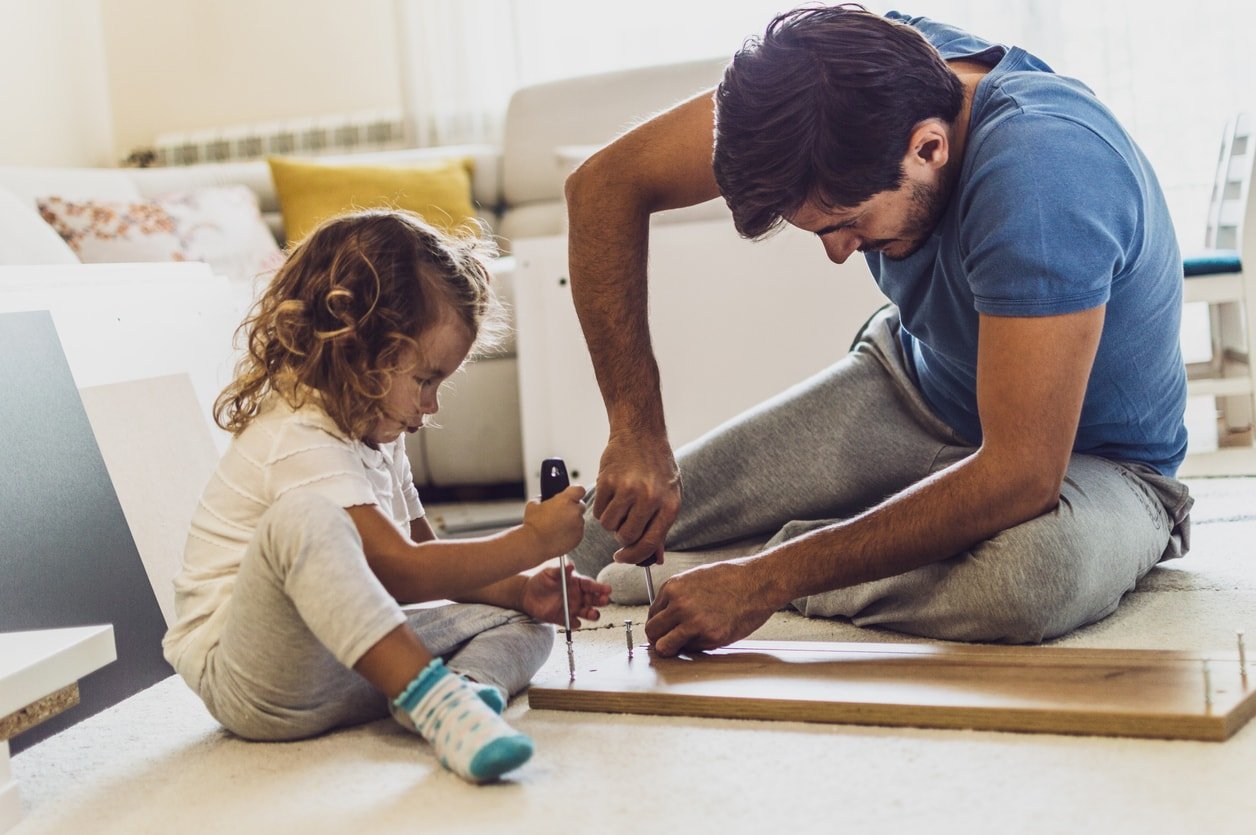
Let your children tinker! If you have something with nuts and bolts, let them twist and turn, take it apart, and put it back together.
STEM learning is about cultivating curiosity, supporting the generation of ideas, and strengthening our children’s (and our own) ability to engage in problem-solving. Allowing them to explore their world this way can open their minds to new ways of seeing things.
from Baby Chick https://ift.tt/gqROPFy
via IFTTT


0 Comments
Please ,
Don't enter span link ...